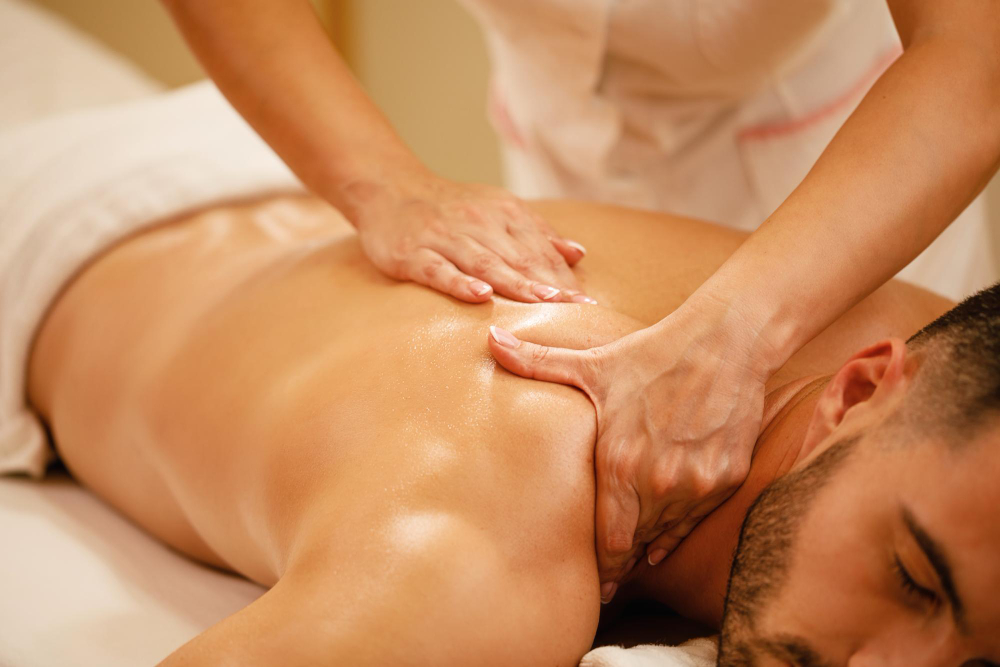Spa Relaxation Tips: Your Ultimate Guide to Deep Relaxation
A visit to the spa is a perfect way to unwind and refresh your body and mind. However, getting the most out of your spa experience requires more than just booking an appointment. Whether you’re new to spas or a seasoned pro, knowing a few relaxation tips can make a huge difference. In this guide, we’ll provide practical spa relaxation tips to enhance your experience and ensure you leave feeling completely rejuvenated.

1. Arrive Early for a Calm Start
One of the most important spa relaxation tips is to arrive at least 15-20 minutes early. This extra time allows you to settle in and prepare for your treatments without feeling rushed. It also gives you the opportunity to fill out any necessary forms, use the facilities, and adjust to the tranquil atmosphere.
A. Take a Moment to Unwind
Arriving early lets you mentally prepare for your relaxation journey. Take a moment to enjoy the serene environment before your treatment begins. Most spas offer calming spaces like lounges or relaxation areas where you can sip on herbal tea and clear your mind.
B. Plan for Pre-Treatment Activities
Many spas offer saunas, steam rooms, or jacuzzis as part of the experience. Use this time to enjoy one of these amenities before your treatment begins. These activities will help relax your muscles and prepare your body for the spa treatments to come.
2. Hydrate Before and After Your Treatment
Hydration is key when it comes to maximizing your spa experience. Before heading to the spa, drink plenty of water to ensure your body is well-hydrated. This is especially important if you’re going to enjoy massages or other treatments that encourage detoxification.
A. Water and Detoxification
Many spa treatments, especially massages, promote detoxification through improved circulation and lymphatic drainage. Drinking water before and after your session helps flush out toxins from your body. It also keeps your skin and muscles properly hydrated, allowing them to respond better to treatments like body wraps and scrubs.
B. Avoid Alcohol Before Your Spa Visit
While it might be tempting to enjoy a glass of wine during your visit, it’s best to avoid alcohol before and after your spa treatments. Alcohol can dehydrate your body, which could lessen the effectiveness of treatments like massages or facials.

3. Choose the Right Treatment for Your Needs
Not all spa treatments are created equal, and choosing the right one for your specific needs is essential to maximizing your relaxation. Here’s a breakdown of some of the most popular treatments and their benefits:
A. Swedish Massage for Deep Relaxation
If you’re looking to relax and relieve stress, a Swedish massage is an excellent choice. This gentle massage uses long, flowing strokes to promote relaxation, improve circulation, and reduce muscle tension. It’s perfect for first-timers or anyone looking to unwind completely.
B. Deep Tissue Massage for Muscle Relief
For those dealing with chronic muscle pain or tension, a deep tissue massage can help alleviate discomfort. This technique targets the deeper layers of muscle and connective tissue, providing relief for stiff or sore areas.
C. Aromatherapy for Emotional Well-being
Aromatherapy combines essential oils with massage techniques to promote relaxation and emotional balance. Oils like lavender or chamomile can help reduce anxiety, while peppermint or eucalyptus may invigorate the senses and clear the mind.
D. Facials for Glowing Skin
If relaxation and rejuvenation are your main goals, a facial treatment can help refresh your skin while offering a soothing experience. Facials include cleansing, exfoliation, and masks that leave your skin feeling hydrated and radiant.
4. Create the Perfect Atmosphere at Home
Sometimes, the spa experience doesn’t need to be limited to an actual spa. You can recreate the relaxing ambiance at home with a few simple steps. Here are some tips for creating your own spa environment:
A. Dim the Lights and Use Candles
Lighting plays a huge role in setting the mood for relaxation. Dim the lights in your space or light some scented candles to create a soothing atmosphere. Aromatherapy candles with lavender, eucalyptus, or sandalwood scents are perfect for this.
B. Use Relaxing Sounds
Background noise can enhance your relaxation experience. Play calming music or nature sounds such as ocean waves or forest birds to help you unwind. Many streaming platforms offer playlists designed specifically for relaxation and spa vibes.
C. Use Essential Oils
To mimic the benefits of aromatherapy, consider diffusing essential oils in your home. Popular oils for relaxation include lavender, peppermint, and chamomile. You can also use them during massages for added relaxation.
5. Take Time for Yourself
Spa relaxation is not just about the treatments themselves; it’s also about taking time for yourself. Many people rush through their spa day or treat it like a one-time event. However, to truly reap the benefits, it’s important to slow down and savor the entire experience.
A. Don’t Rush Through Your Treatments
When you’re at the spa, take your time with each treatment. Avoid checking the time or worrying about what’s next. Savor each moment, whether it’s a soothing massage or the comforting warmth of a sauna.
B. Mindfulness During Treatments
Focus on the sensations and let go of any mental clutter. Practice mindfulness during your spa treatments by breathing deeply and being fully present in the moment. This will allow you to experience greater relaxation and mental clarity.
6. Post-Spa Care for Continued Relaxation
The relaxation doesn’t have to end when your spa treatment does. There are several ways to maintain the calm and peace after you leave the spa:
A. Continue Hydrating
After your spa treatment, it’s essential to continue drinking water to help flush out any toxins that may have been released during your treatment. Hydration helps maintain the benefits of your massage or facial long after you’ve left the spa.
B. Rest and Relax
Take the time to rest after your spa visit. If possible, try to avoid any stressful activities for the rest of the day. A quiet evening with a good book, a warm bath, or light stretching can help maintain your sense of calm and relaxation.

7. FAQs About Spa Relaxation
1. What should I wear to a spa?
Most spas provide robes and slippers, but it’s a good idea to wear comfortable, loose clothing. For massages, you will typically undress to your comfort level, and therapists will use towels to cover you during the treatment.
2. How long should I stay at the spa?
It depends on the treatments you’re receiving, but a typical spa visit lasts between 1.5 to 3 hours. If you plan on using other facilities like the sauna or pool, you may want to allow more time.
3. Can I go to a spa if I’m pregnant?
Many spas offer pregnancy-safe treatments. It’s best to consult with the spa ahead of time to ensure they offer services that are suitable for expectant mothers.
4. How often should I visit a spa?
Visiting a spa once every few months is ideal, but it ultimately depends on your needs. If you experience chronic pain or stress, more frequent visits may be beneficial.
Conclusion
Spa relaxation isn’t just about the treatments—it’s about creating an experience that calms your mind, relaxes your body, and rejuvenates your spirit. By following these tips, from arriving early to staying hydrated and choosing the right treatments, you can ensure that your spa visit leaves you feeling refreshed, rejuvenated, and ready to take on the world. Don’t forget to take time for yourself, whether at a spa or in the comfort of your own home, and enjoy the full benefits of relaxation.




